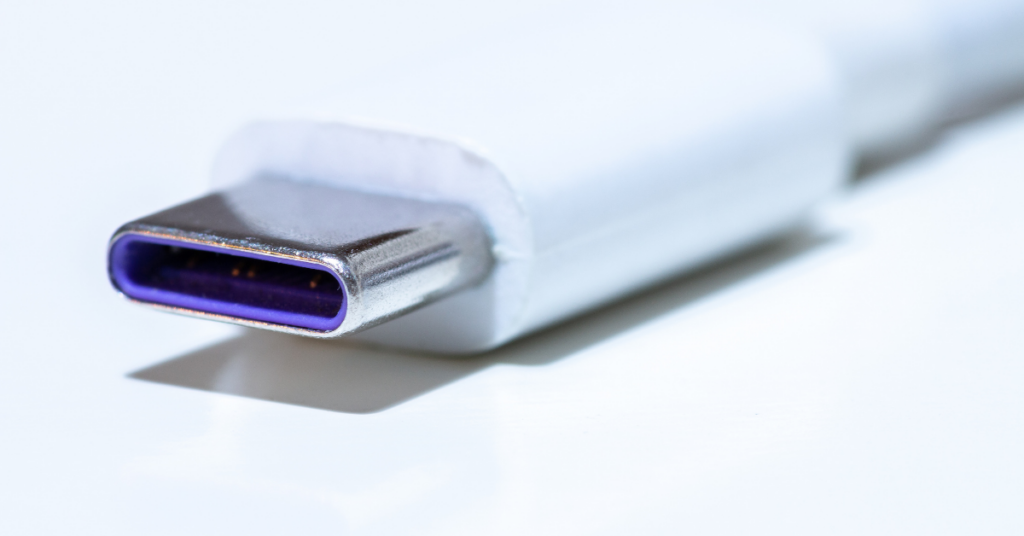
We all have a drawer full of old, tangled electronic devices chargers from the many devices we used to own. Each year, a new phone, tablet, laptop, etc., is introduced to consumers and with this new piece of technology, comes yet another cord.
In September 2021, “The European Union proposed a new regulation that would solve this problem by requiring all small electronics (including phones, tablets, portable speakers and cameras) to have the same type of charging port. All such electronics in the E.U. would need to switch to the USB-C standard within two years,” (Sophie Bushwick, Scientific American, 2021).
The implementation of this universal standard does not only make it user-oriented for consumers but also helps to minimize electronic waste. However, critics such as Apple, suggest this proposal will restrain future device innovations. “When the USB-C inevitably gives way to the next improved charging method, people will still need to invest in new chargers,” (Sophie Bushwick, Scientific American, 2021).
Will switching to a universal charging standard reduce electronic waste? There are two pros of this strategic plan. Consumers will no longer have to throw away a charger when purchasing a new device and if a charger is still in working condition, then so is the device – and you can keep using it for a longer period. There is also a consumer benefit of continuing to repair and extend the lifespan of the device, which has great contributions to minimizing e-waste concerns.
Lifespan supports the EU’s proposed initiative to implement a universal charging standard in the effort to minimize e-waste. Although charging cords and small devices are a relatively small part of the global e-waste issue, it still plays a part of the overall impact on our planet. EU’s initiative is aligned with Lifespan’s value recovery services and our commitment to the Right to Repair movement. Our representatives are experts in the impact that power adapters have on the secondary value and re-use of devices.
Schedule a call with a Lifespan ITAD expert to learn more about how we can help you to maximize recovery value or return on IT assets for your business.
To learn more about EU’s proposed initiative, read this article by Scientific American.

